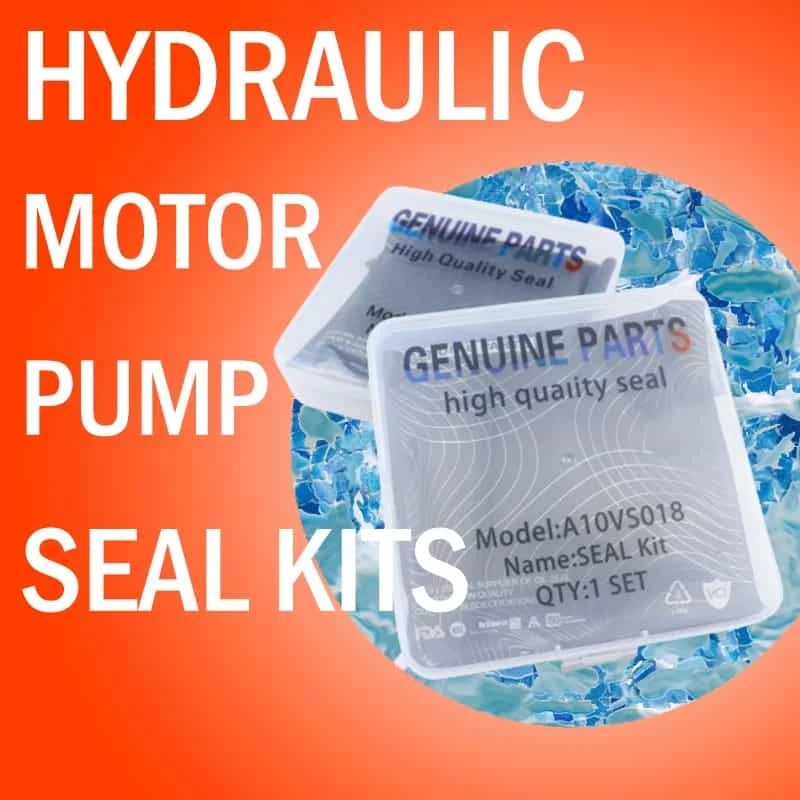Nov . 09, 2024 13:42 Back to list
Replacement Seal Kit for Pumps Ensuring Optimal Performance and Durability
Understanding Pump Seal Kits Essential Components for Efficient Operations
Pump seal kits are critical components in ensuring the effective and reliable operation of pumps across various industries. A pump is an essential piece of equipment that transports fluids, and keeping it operational is key to maintaining efficiency and productivity. As with any piece of machinery, the longevity of a pump is heavily dependent on the quality of its seal system, which is why understanding pump seal kits is essential for maintenance professionals and operators alike.
What is a Pump Seal Kit?
A pump seal kit is a collection of various seals and associated parts designed to prevent leaks in pump systems. The primary function of these seals is to ensure that the fluid being pumped does not escape into the environment or cause damage to the pump itself. The components in a typical pump seal kit may include O-rings, mechanical seals, gaskets, and other sealing materials that are compatible with the fluid being transported.
Importance of Seal Kits
1. Preventing Leakage One of the most significant roles of pump seal kits is to prevent leakage. Leaks can lead to a loss of product, which is not only costly but can also pose environmental hazards. For instance, in chemical processing, leaks can result in serious safety issues.
2. Maintaining Efficiency A well-sealed pump operates more efficiently. If seals are worn or damaged, the pump may have to work harder to move the same volume of fluid, resulting in increased energy consumption and additional wear and tear.
3. Extending Equipment Life Regular maintenance that includes replacing old seals with those from a seal kit can greatly extend the life of a pump. By addressing seal degradation before it causes major problems, operators can avoid costly repairs and downtime.
4. Safety Considerations In many industries, the fluids being pumped can be hazardous. Proper seals are crucial for maintaining safety standards and preventing spills that could endanger workers or the environment.
Components of a Pump Seal Kit
- O-Rings These are circular seals that sit in a groove and provide a barrier against fluid leakage. They are made from various materials to suit different applications, including rubber and silicone. - Mechanical Seals These are more complex than O-rings and typically consist of multiple parts. They create a tight seal between the rotating shaft and stationary housing of the pump, preventing fluid from leaking out.
pump seal kit

- Gaskets These flat seals are placed between two or more surfaces to prevent leakage. They are commonly found in flanged connections and must be rated for the specific temperature and pressure conditions of the fluid being transported.
- Backup Rings Used alongside O-rings, backup rings provide extra support and prevent extrusion of the O-ring under high-pressure conditions.
Selecting the Right Seal Kit
Choosing the appropriate pump seal kit requires an understanding of the specific pump model, the type of fluid being pumped, and the operational conditions. Factors such as temperature, pressure, and chemical compatibility play crucial roles in seal selection.
- Material Compatibility It’s essential to select materials that can withstand the chemical properties of the fluid being pumped. For example, aggressive chemicals may require seals made of special high-performance materials.
- Performance Requirements Different applications may impose varying demands on the seals, influencing the type and design. Applications involving high temperatures or pressures will need robust sealing solutions.
Maintenance and Replacement
Regular maintenance of pump seals is vital to ensure their effectiveness. Operators should establish a schedule for checking seals and replacing them as needed. Signs that seals may need replacement include visible damage, increased vibration, unusual noises, or fluid leaks.
Conclusion
Pump seal kits are invaluable for maintaining the efficiency, safety, and longevity of pumping systems. Understanding the different types of seals and their functions enables operators to make informed decisions regarding maintenance and replacements. Investing in quality pump seal kits and adhering to a regular maintenance schedule will ultimately lead to reduced downtime, increased productivity, and safer operations. In an industry where efficiency is paramount, ensuring that your pumps are equipped with the right sealing solutions is necessary for sustained success.
-
TCN Oil Seal Metal Ring Reinforcement for Heavy Machinery
NewsJul.25,2025
-
Rotary Lip Seal Spring-Loaded Design for High-Speed Applications
NewsJul.25,2025
-
Hydraulic Cylinder Seals Polyurethane Material for High-Impact Jobs
NewsJul.25,2025
-
High Pressure Oil Seal Polyurethane Coating Wear Resistance
NewsJul.25,2025
-
Dust Proof Seal Double Lip Design for Construction Equipment
NewsJul.25,2025
-
Hub Seal Polyurethane Wear Resistance in Agricultural Vehicles
NewsJul.25,2025
-
The Trans-formative Journey of Wheel Hub Oil Seals
NewsJun.06,2025
Products categories
















